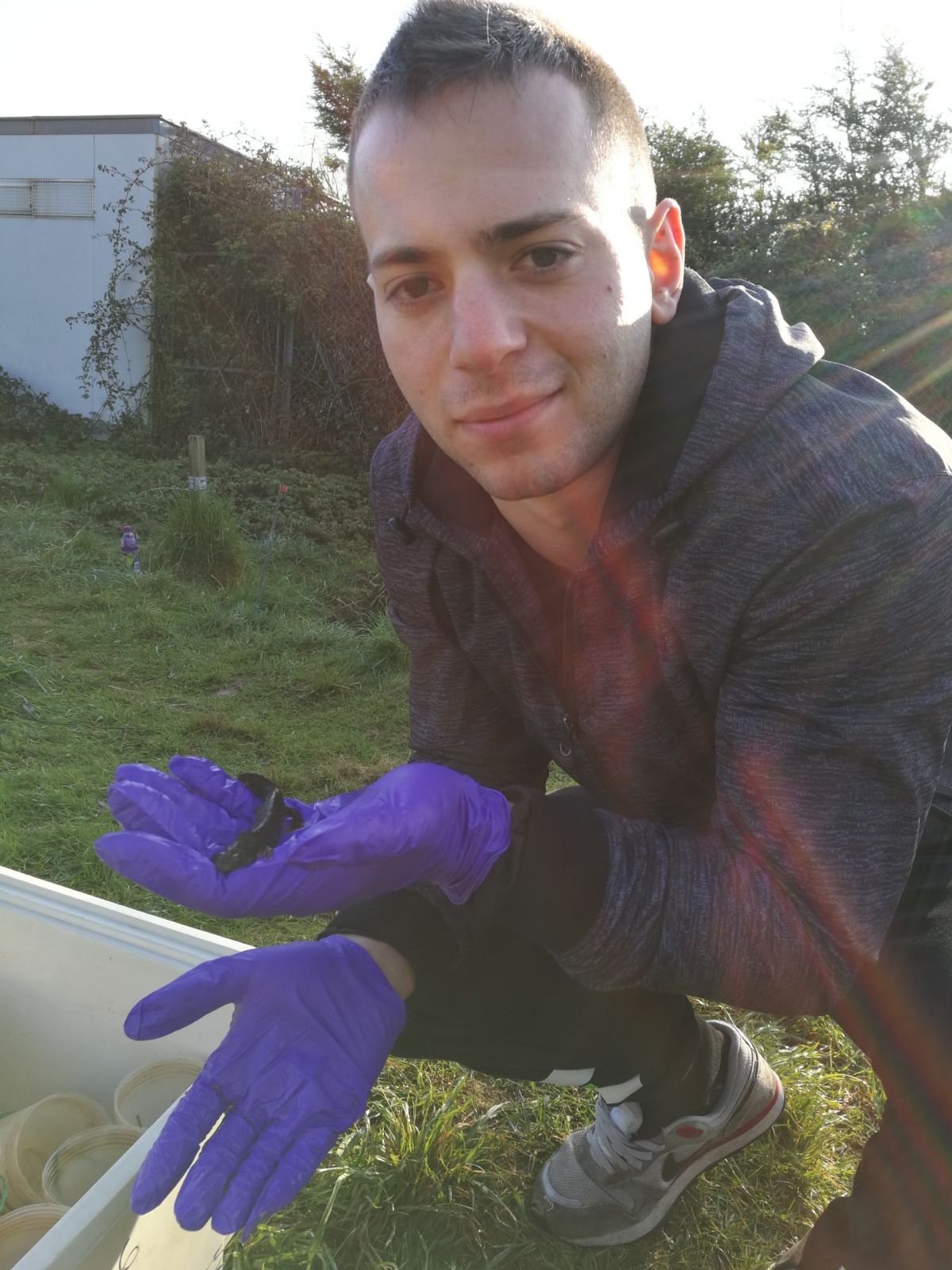Congratulation to Emily Dennis who passed her Viva on 27th May. Her project, on Development of statistical methods for monitoring insect abundance, was supervised by Byron Morgan and Martin Ridout.
Abstract
During a time of habitat loss, climate change and loss of biodiversity, efficient analytical tools are vital for population monitoring. This thesis concerns the modelling of butterflies, whose populations are undergoing various changes in abundance, range, phenology and voltinism. In particular, three-quarters of UK butterfly species have shown declines in their distribution, abundance, or both over a ten-year period. As the most comprehensively monitored insect taxon, known to respond rapidly and sensitively to change, butterflies are particularly valuable, but devising methods that can be fitted to large data sets is challenging and they can be computer intensive. We use occupancy models to formulate occupancy maps and novel regional indices, which will allow for improved reporting of changes in butterfly distributions. The remainder of the thesis focuses on models for count data. We show that the popular N-mixture model can sometimes produce infinite estimates of abundance and describe the equivalence of multivariate Poisson and negative-binomial models. We then present a variety of approaches for modelling butterfly abundance, where complicating features are the seasonal nature of the counts and variation among species. A generalised abundance index is very efficient compared to generalised additive models, which are currently used for annual reporting, and new parametric descriptions of seasonal variation produce novel and meaningful parameters relating to phenology and survival. We develop dynamic models which explicitly model dependence between broods and years. These new models will improve our understanding of the complex processes and drivers underlying changes in butterfly populations.


